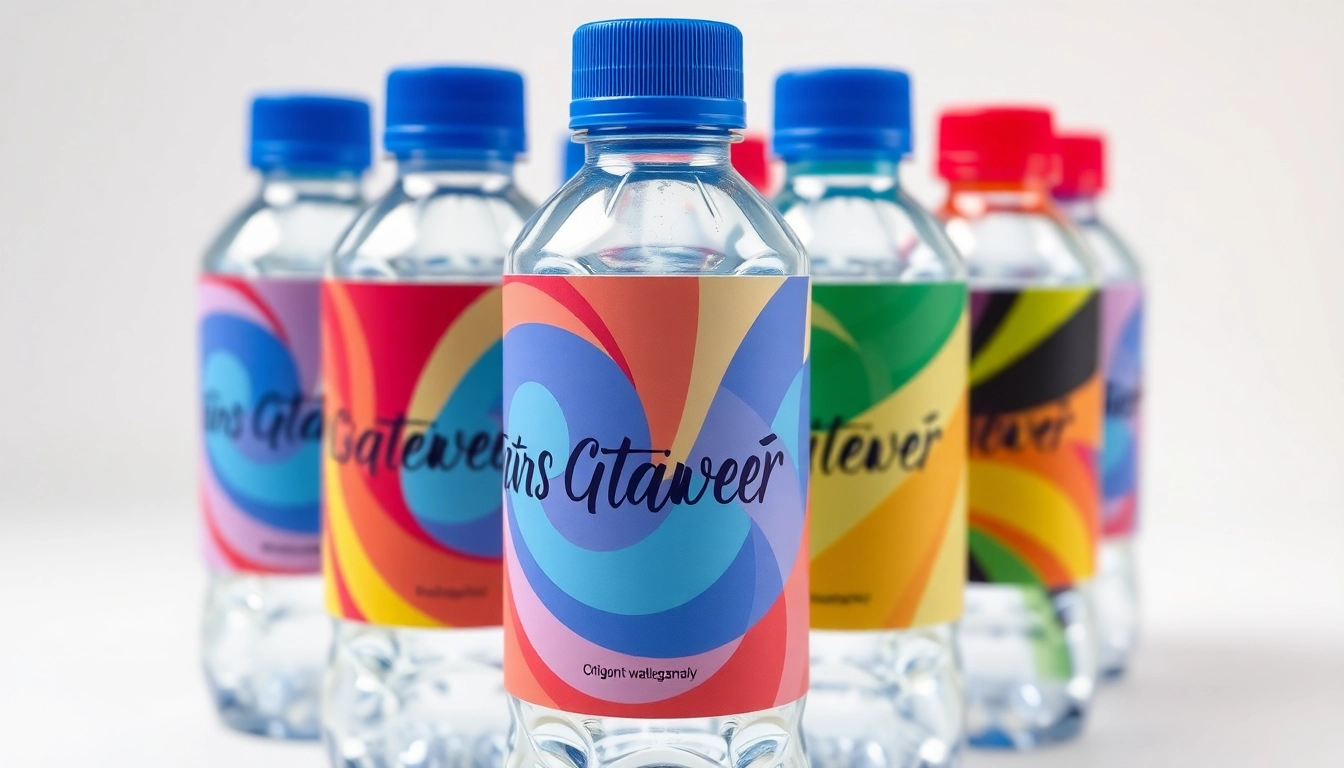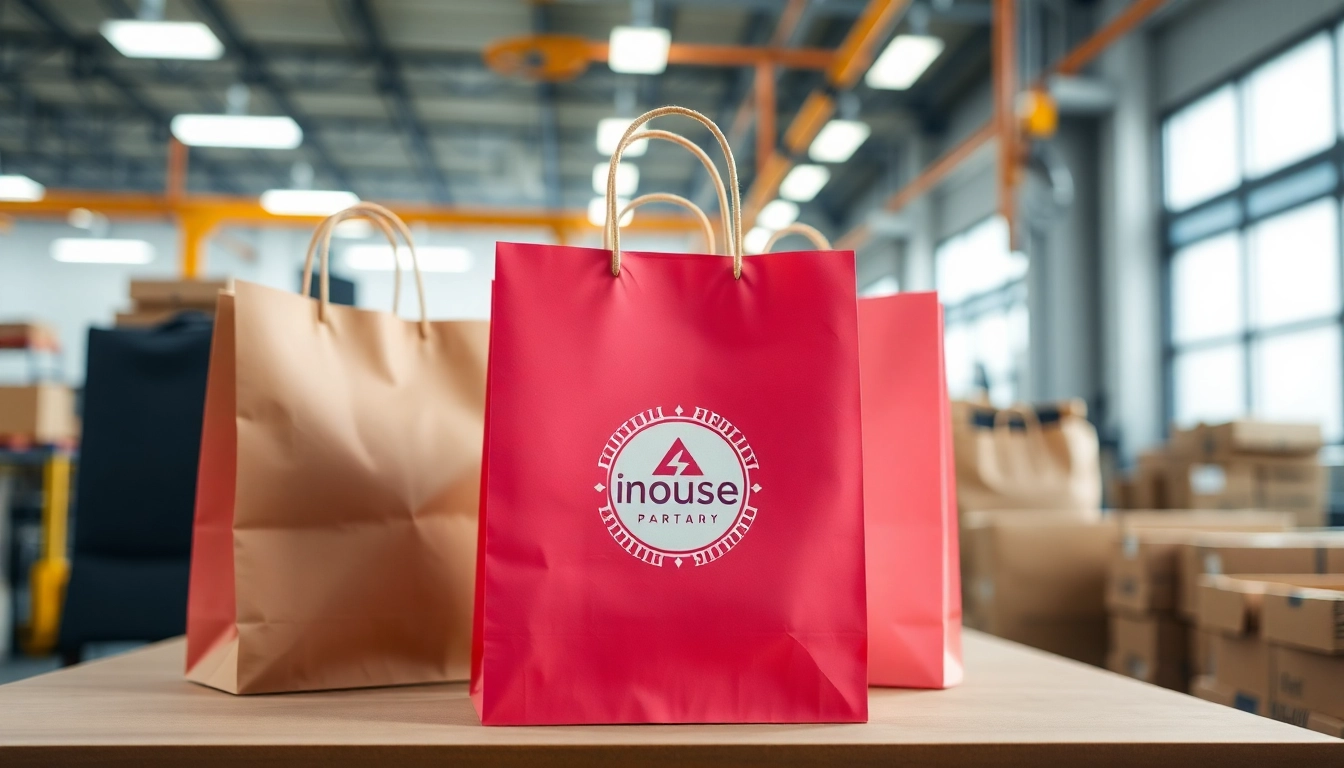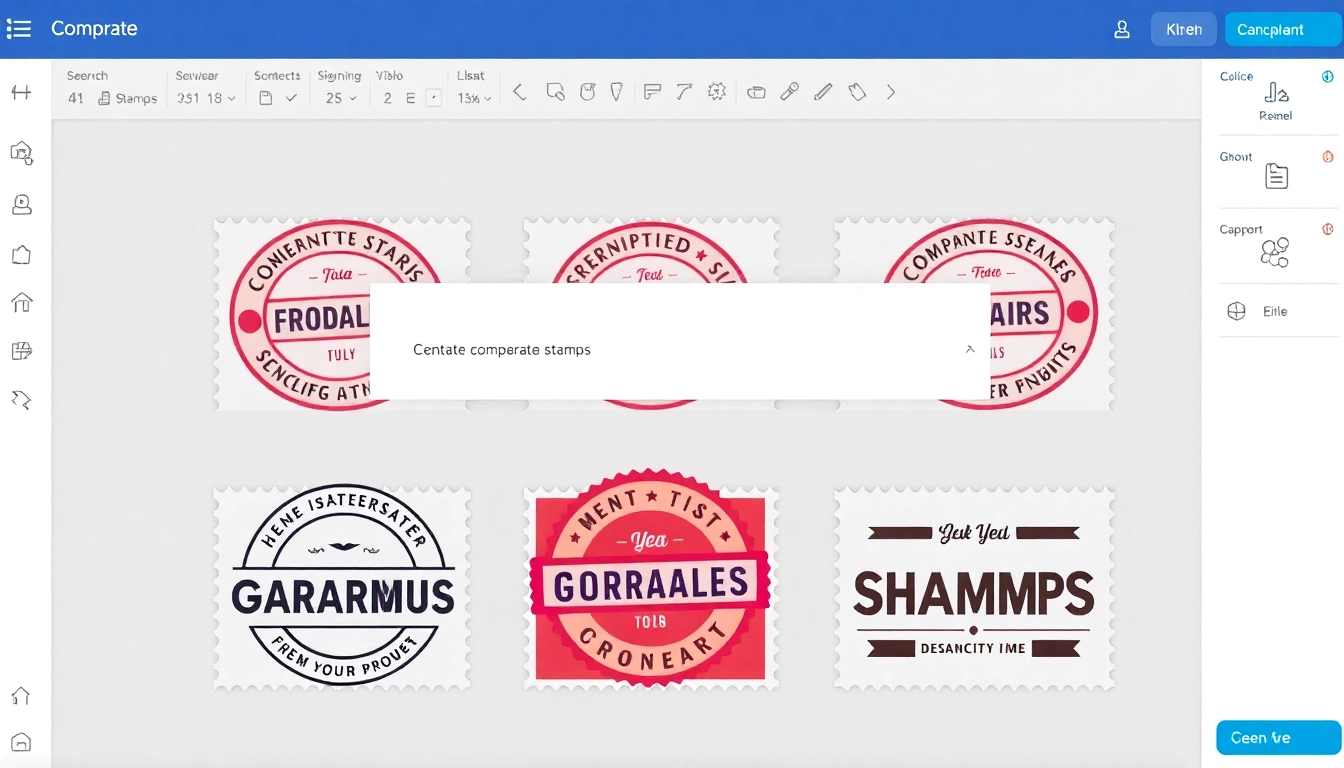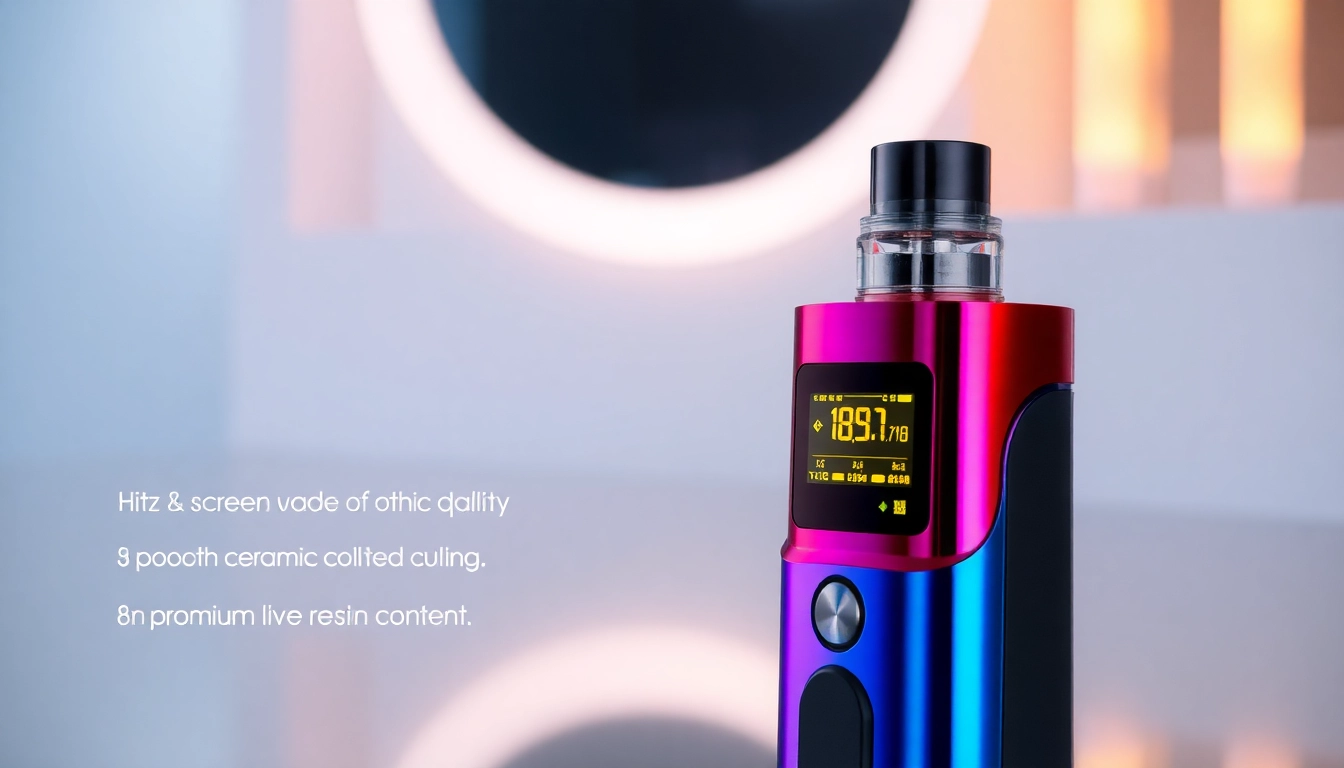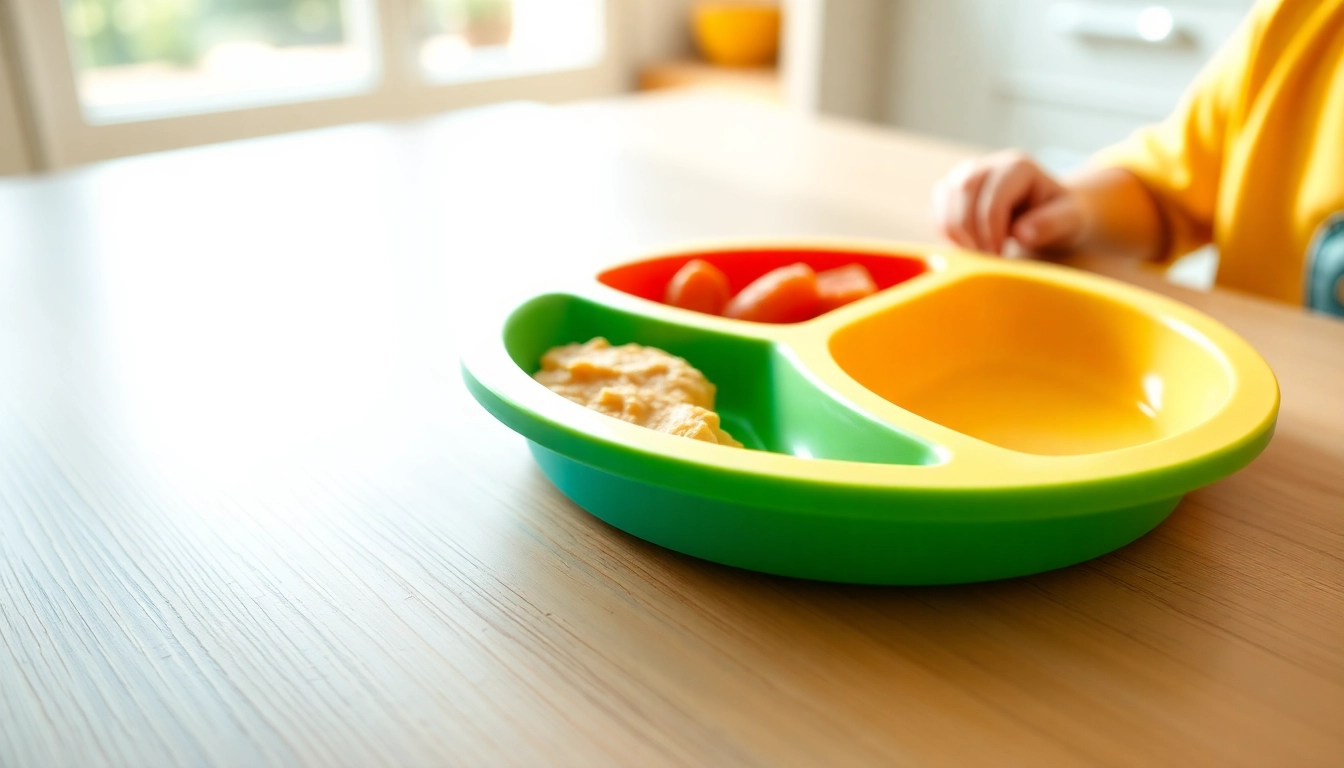Introduction to Custom Water Bottle Labels: Benefits & Applications
In today’s competitive market and vibrant event landscape, personalization has become a cornerstone of effective branding and memorable experiences. Custom water bottle labels exemplify this trend, offering a versatile and impactful way to elevate any occasion or campaign. Whether you’re organizing a wedding, running a corporate promotion, or hosting a charity event, these labels serve as dynamic tools for storytelling, branding, and engagement. By adorning standard bottles with tailor-made designs, brands and individuals alike can communicate their message with clarity and style.
Explore the limitless possibilities and strategic advantages of utilizing custom water bottle labels—a product that merges functionality with artistry to transform ordinary bottles into extraordinary marketing assets or keepsake items. From practical durability considerations to innovative design tips, this comprehensive guide aims to equip you with the knowledge to create compelling, high-impact water bottle labels that resonate with your target audience and stand out from the competition.
Why Personalize Water Bottle Labels for Your Brand or Event
Personalization is more than just aesthetics; it is a strategic approach to building brand awareness, fostering emotional connections, and ensuring that your message leaves a lasting impression. Custom water bottle labels enable you to tailor your branding elements—logo, color scheme, messaging—to match the tone and purpose of your event or campaign.
Brand Recognition and Visibility: Custom labels act as mobile billboards, increasing brand exposure during events, giveaways, or everyday usage. According to recent studies, branded merchandise like personalized labels significantly boosts recall and recognition, with some reports indicating up to a 50% increase in brand recall in marketing campaigns.
Event Cohesion and Theming: For celebrations like weddings, birthdays, or corporate retreats, matching your water bottle labels to your theme creates a cohesive aesthetic. This attention to detail enhances attendee experience and brand consistency.
Cost-Effective Marketing: Compared to other advertising channels, producing custom labels is budget-friendly, especially in bulk. They offer a high return on investment by combining practical use with promotional value, making them ideal for small businesses and large organizations alike.
Incorporating these labels into your strategy can substantially elevate your branding efforts and leave a memorable impression. For a comprehensive collection of options, visit custom water bottle labels.
Popular Occasions for Custom Water Bottle Labels (Weddings, Corporate, Giveaways)
Customized water bottle labels serve a wide variety of occasions, each with its unique needs and design considerations. Below we explore some of the most popular and impactful uses:
Weddings and Receptions
Weddings are a prime occasion for personalized details that reflect the couple’s personality and theme. Wedding water bottle labels can feature the couple’s names, wedding date, or motifs matching the overall décor. Waterproof, self-adhesive labels ensure durability even in outdoor settings or with a lot of touching and handling.
Corporate Events and Promotions
Businesses leverage custom water bottles as promotional tools at conferences, product launches, or trade shows. Custom labels displaying logos, taglines, or QR codes can boost brand visibility, facilitate engagement, or provide a quick way for attendees to connect digitally. According to recent marketing data, event branding with custom water bottles can increase brand recall by up to 70%.
Giveaways, Fundraisers, and Community Events
Event organizers often distribute water bottles as giveaways. Custom labels personalize the gift and make it a memorable keepsake. Nonprofits and charity organizations also use themed labels to raise awareness or promote specific campaigns, ensuring your message reaches an engaged audience.
Understanding Different Label Materials and Durability Options
Selecting the right materials for your water bottle labels is essential, as it impacts both aesthetics and durability. The choice depends on the event setting, storage conditions, and budget considerations.
Paper Labels
Standard paper labels are cost-effective and suitable for indoor events with minimal handling. They are easy to print and customize but less resistant to water, moisture, or rough handling.
Waterproof and Weatherproof Labels
For outdoor or moisture-exposed environments, waterproof labels made of vinyl or BOPP materials are ideal. These materials resist water, UV rays, and scratches, ensuring your design remains vibrant and intact throughout the event or usage period.
Removable Labels
Sometimes, a temporary label is needed that can be easily removed without leaving adhesive residue. Removable labels are perfect for events where you may want to swap designs or reuse the bottles after the event.
Considerations for Choosing Materials
- Environmental Exposure: Will the bottles be exposed to rain, sweat, or outdoor elements?
- Application Environment: Will bottles be refrigerated, or handled frequently?
- Design Complexity: Are there intricate graphics or metallic inks involved?
- Budget Constraints: Are you seeking the most cost-effective solution or premium durability?
Designing Effective Custom Water Bottle Labels: Tips & Best Practices
Creating eye-catching and memorable water bottle labels requires thoughtful design. Here are essential elements and best practices to guide your creation process:
Key Elements of a Compelling Water Bottle Label Design
- Brand Logo and Identity: Place your logo prominently to reinforce brand recognition.
- Clear and Concise Messaging: Keep text minimal but impactful—include essential details like event name, date, or call-to-action.
- Visual Hierarchy: Use size, color, and placement to guide the viewer’s eye naturally through the design.
- Quality Images & Graphics: Incorporate high-resolution images and relevant icons that support your theme.
- Contact Info or QR Codes: For promotional or informational purposes, include website URLs or scannable codes.
Using Colors, Fonts, and Imagery to Match Your Theme
The aesthetic coherence is crucial. Choose colors that align with your branding or event theme. For instance, pastel shades work well for weddings, while bold, vibrant hues suit sports or promotional events. Font choices should be legible and consistent with your branding—avoid overly decorative fonts that hinder readability. Incorporate imagery carefully; it should enhance the message, not clutter the design.
Avoiding Common Design Mistakes
- Overcrowding: Leave adequate white space to enhance readability.
- Low Resolution: Use high-res images to prevent pixelation.
- Ignoring Size Constraints: Design within the specific dimensions to avoid truncation or distortion.
- Poor Color Contrast: Ensure sufficient contrast between text and background for clarity.
- Neglecting Branding Consistency: Maintain your brand voice and visual identity throughout the design.
Choosing the Right Printing Options for Custom Water Bottle Labels
Proper selection of printing options influences the final appearance, durability, and cost. Here’s what to consider:
Material Types: Waterproof, Weatherproof, and Removable Labels
As previously discussed, polypropylene (PP), vinyl, and BOPP films are resilient options for waterproof labels. They are resistant to moisture, scratching, and UV exposure. For temporary applications, removable adhesive labels are preferable, providing flexibility without leaving residue.
Size, Shape, and Layout Considerations
Design your labels according to the bottle shape—standard rectangular, circular, or custom die-cut shapes. Accurate measurement of your bottles ensures a snug fit, preventing peeling or wrinkling. Consider layout complexity; simpler designs are easier and more cost-effective to print at scale.
Order Quantities and Turnaround Time
Bulk ordering offers substantial savings, often reducing the per-unit cost significantly. Lead times vary based on manufacturer, with many providers offering rush services. Planning ahead ensures ample time for design approval, production, and distribution.
Implementing Your Custom Water Bottle Labels: Step-by-Step Guide
Turning your design concept into a finished product involves a systematic process:
1. Preparing Your Design Files
Ensure your artwork meets the printer’s specifications—correct dimensions, bleed margins, and resolution (generally 300 dpi). Use professional design software like Adobe Illustrator or Canva for precision and flexibility.
2. Selecting Printing and Material Options
Choose the material that best matches your durability needs, select the appropriate size and shape, and specify any special finishes such as matte or gloss coatings.
3. Uploading and Confirming Your Design
Upload your files to your printer’s platform, review proofs carefully, and approve before final printing. Many online services offer proofing tools or physical samples to verify colors and layout.
4. Application Techniques for Professional Results
Clean the bottle surface thoroughly to remove oils and dust. Align the label carefully to avoid wrinkles or air bubbles, starting from one edge and smoothing out as you go. For large quantities, consider using applicator tools or automated labeling machines to ensure consistency.
Measuring Success & Optimizing Your Custom Water Bottle Labels
The impact of your custom labels can be quantified and refined through feedback and analytics:
Tracking Engagement and Visibility
Use unique QR codes or hashtags printed on labels to monitor digital engagement. Track social media mentions, shares, or scans to gauge reach.
Gathering Feedback
Collect attendee or customer feedback through surveys or informal channels to assess the effectiveness of your design, durability, and overall presentation.
Leveraging User-Generated Content
Encourage users to photograph your labeled bottles in real-life settings. Share these images across your social channels to increase exposure and credibility.
Analyzing these metrics helps identify what works best, guiding future design choices, material selections, and distribution strategies. Continuous optimization maximizes your return on investment and enhances brand loyalty.
